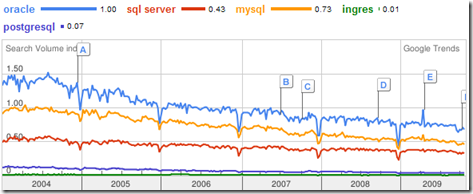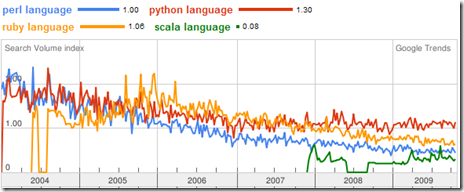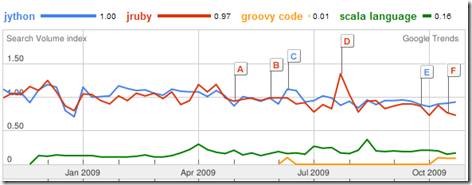This past week I’ve been seeing whether I can wean myself off TOAD to the new SQLDeveloper 2.1 that was officially released last month. SQLDeveloper is a Java based IDE and so, unlike TOAD, it can be used on OS X and Ubuntu. SQLDeveloper is not open source, but it is licenced for free, whereas TOAD costs almost a thousand dollars per developer for the entry level version.
Version 2.1 of SQLDeveloper shows considerable improvement compared to the original release, but there are still some rough edges. TOAD presents database connections (connection configuration) and sessions (active connections) clearly and separately, with schema browsers and worksheets for each session in separate windows, and highlighting of windows that share the same session. SQLDeveloper has a single connection navigator, perhaps more familiar to users of other IDEs, but each connection may have only one session: you have to duplicate and rename a connection if you want to establish another session using the same connection parameters. Working with TOAD there is nearly always a default current session context, so it was annoying with SQLDeveloper reports to be prompted repeatedly for the connection to use to run a report.
One of the features of SQLDeveloper that first interested me was Subversion support. Again, this is similar to other Java IDEs. I’ve used Team Coding with TOAD in the past but the integration with CVS or PVCS was not as seamless as one would like. Now I just use TortoiseSVN and make sure I open the local source file whenever I want to edit a stored procedure and never edit the stored procedure source in the database directly. Oracle provides a tutorial on Subversion with SQLDeveloper but in my opinion it completely misses the point by failing to explain how to maintain stored procedures.
In general TOAD still appears a little more polished: for example favorites support in the File Open dialog, and a popup calendar control for setting date bind variables when executing a query. TOAD provides better feedback: for example it automatically displays the row count in a status line for every worksheet query, but with SQLDeveloper you have to select a popup menu option. For long running procedure execs TOAD provides a script runner with animated graphics and a timer, but the default behavior for SQLDeveloper is to exec the procedure like sqlplus in a small log window that is not immediately obvious. On the other hand the dockable tabs of SQLDeveloper are easier to manage than the more dated MDI design of TOAD.
Perhaps the biggest surprise, however, was when I clicked Tools/Monitor SQL and got ‘The use of this feature requires that the Oracle Tuning Pack be licensed.’ Oracle is not giving everything away for free after all, and it looks like for more advanced features I may still be going back to TOAD for a little while.



